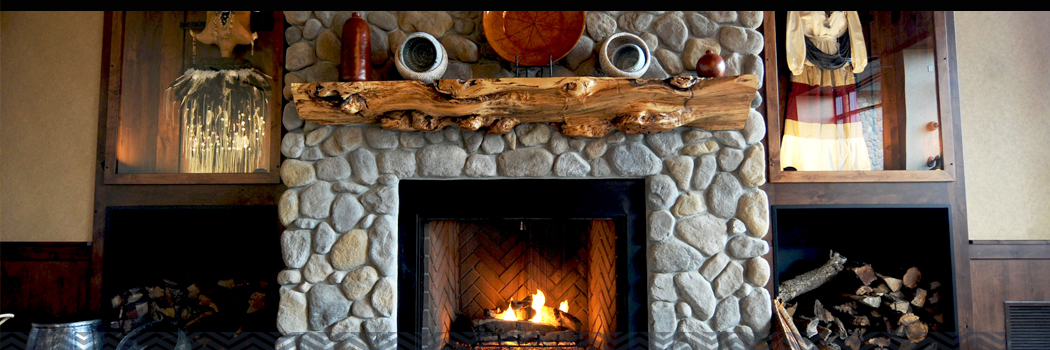
Heritage
Although the Constitution and By-Laws for the Cachil DeHe Band of Wintun Indians of the Colusa Indian Community were ratified and adopted by the Tribe’s original 45 members on November 23rd, 1941, the Tribe’s history goes back for generations.
At the time of ratification, the Colusa Indian Community resided in the heart of the Northern California’s agricultural land on an 80-acre Reservation. The original site stretched along the bountiful Sacramento River, about 4 miles north of the City of Colusa on Highway 45. Two years later, the Tribe’s land base increased with an additional 210 acres just 1 mile south of the original Reservation. It is at the secondary located where the current Colusa Casino and the Cachil DeHe Village complex stand today. The Colusa Indian Community has also recently acquired another 200 acre parcel in the anticipation of constructing homes for Tribal Members.
The Colusa Indian Community Strongly believes in preserving their past to help pave their future. In 1969, several Tribal Members began their spiritual journey of building a traditional roundhouse to honor the Creator. At the time, resources were scarce and members used what they had from the surrounding area- chicken wire, willow poles, and most importantly, the center pole, harvested from a tree across the Sacramento River. With steady determination, the Roundhouse finally received its roof two years later.
In 1993, Tribal funding allowed for the purchase of some modern materials. With Tribal Members working side by side, the Roundhouse was brought to its current condition as it stands today.
As with many religious sites, we ask that outsiders please respect our Tribe’s privacy and right to ceremonial practice and refrain from entering this area. Should there be any questions, please check in at the Administration Building located at 3730 Highway 45 for direction.
In 2004, the Colusa Indian Community Council published their first edition of the Cachil DeHe Band of Wintun Indians language book. The project was a collaborative effort by Elders and the University of California, Berkley Linguistics department.
The Colusa Indian Community Council, in an effort to proliferate the language as much as possible, has embarked on their second version of restoration of the language through a Language Application. The Language Application is still in its infancy stage but the hopes of the new medium enticing children, and future generations, to learn the language are great.

